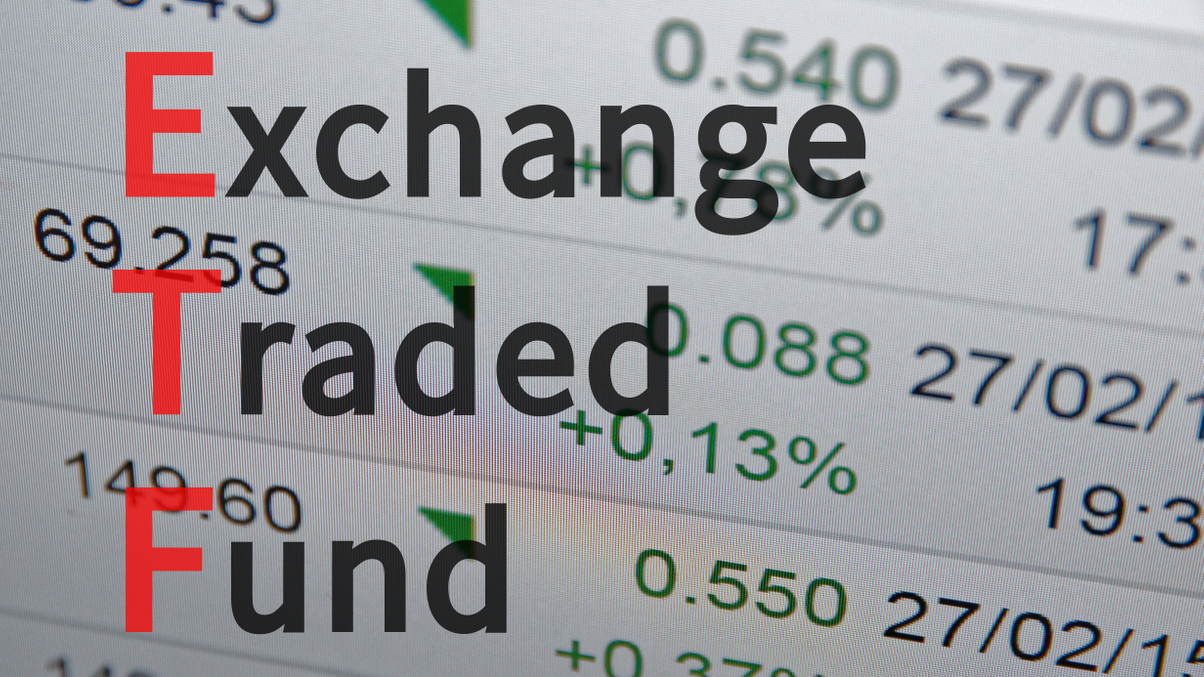More Asian instos using ETFs to gain global exposure
Regional investors are using ETFs to explore new markets as well as move further into the fixed-income space, surveys by Greenwich Associates and Brown Brothers Harriman show.

Asia’s institutional investors are increasingly using exchange-traded funds (ETFs) to diversify into global markets, according to a survey released on Wednesday by Greenwich Associates (GA) and commissioned by BlackRock.
Sign in to read on!
Registered users get 2 free articles in 30 days.
Subscribers have full unlimited access to AsianInvestor
Not signed up? New users get 2 free articles per month, plus a 7-day unlimited free trial.
¬ Haymarket Media Limited. All rights reserved.


